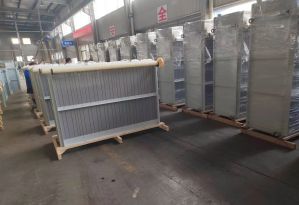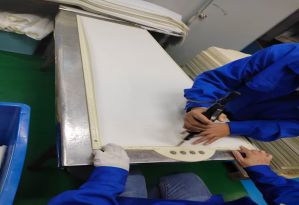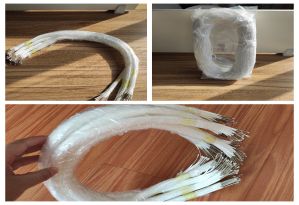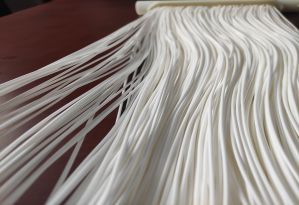Hollow Fiber and Flat Sheet Membranes: A Comparative Analysis
Membrane technology has revolutionized various industrial processes, including water treatment, pharmaceutical manufacturing, and food processing. Two commonly used types of membranes in these applications are hollow fiber membranes and flat sheet membranes. While they both serve the purpose of separating solids from liquids, they differ in their structure and performance characteristics. This article aims to provide a comparative analysis of hollow fiber and flat sheet membranes, outlining their key differences.


Structure:
Hollow Fiber Membrane: As the name suggests, hollow fiber membranes consist of small, tubular fibers with a hollow core. These fibers are typically bundled together to form a module, enabling efficient filtration. Hollow fiber membranes can be made from various materials, including polymers like polyethersulfone (PES), polyvinylidene fluoride (PVDF), and polypropylene (PP).
Flat Sheet Membrane: In contrast, flat sheet membranes are flat, thin sheets made of the same polymer materials mentioned earlier. They do not have a hollow core like the hollow fiber membranes. Flat sheet membranes are often incorporated into a module design that provides support and improves the overall efficiency of the system.
Filtration Mechanism:
Both membranes operate on the principle of size exclusion, allowing smaller molecules, ions, and water molecules to pass through while retaining larger particles and contaminants.
Hollow Fiber Membrane: Hollow fiber membranes function based on a cross-flow filtration mechanism. The feed solution flows tangentially along the fibers, creating a shearing effect that helps prevent fouling and promotes the continuous removal of retained particles. The filtered liquid exits the hollow fiber through the hollow core, while the concentrated waste stream is collected from the other end.


Flat Sheet Membrane: Flat sheet membranes, on the other hand, employ a dead-end filtration mechanism. The feed solution is delivered perpendicular to the membrane surface, and the pressure drives the liquid through the membrane. This filtration method is prone to fouling, and periodic cleaning is necessary to maintain performance.
Surface Area and Flux:
Hollow Fiber Membrane: The hollow structure of the fibers provides a large surface area per unit volume, resulting in a higher packing density and increased filtration capacity. This allows for a higher flux rate, i.e., the amount of filtrate passing through the membrane per unit area within a given time.
Flat Sheet Membrane: Flat sheet membranes have a relatively smaller surface area compared to hollow fiber membranes, resulting in a lower packing density. Consequently, the flux rate is generally lower for flat sheet membranes.
Applications:
Hollow Fiber Membrane: Hollow fiber membranes find extensive use in applications such as water and wastewater treatment, desalination, and biopharmaceutical manufacturing. Their high packing density and robust filtration capabilities make them ideal for large-scale operations.
Flat Sheet Membrane: Flat sheet membranes are commonly used in smaller-scale applications like laboratory filtration, food and beverage processing, and small-scale water treatment systems. They are also favored in applications where ease of cleaning and maintenance is crucial, given their flat surface design.
In summary, hollow fiber and flat sheet membranes each have distinct characteristics that make them suitable for different applications. Hollow fiber membranes excel in large-scale operations, offering high packing density, efficient filtration increased flux rates. Flat sheet membranes, on the other hand, are more commonly used in smaller-scale applications and situations where easy cleaning and maintenance are desired. Ultimately, the selection of the appropriate membrane type depends on the specific requirements of the application and the desired performance parameters.





 Language
Language







 Network Supported
Network Supported